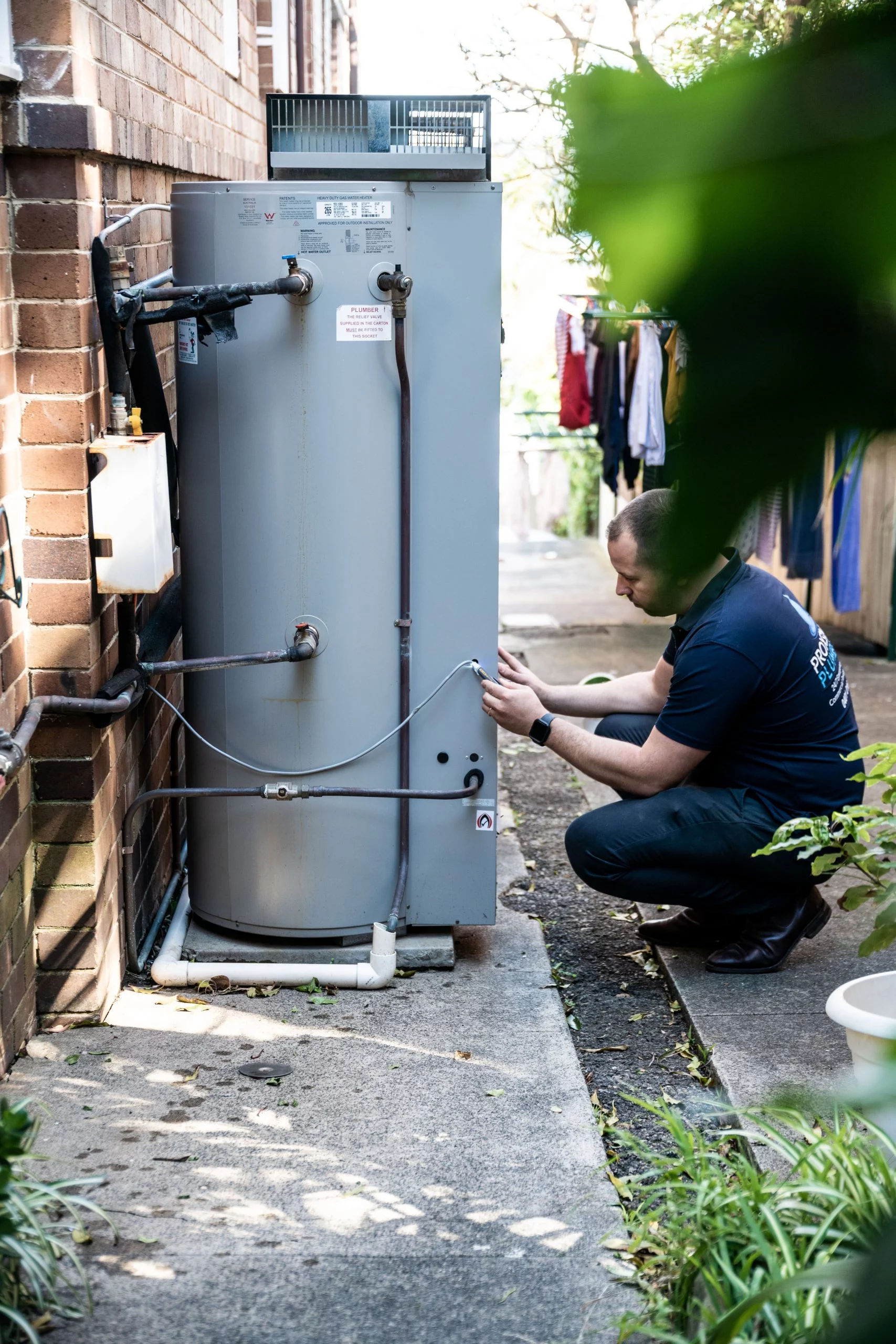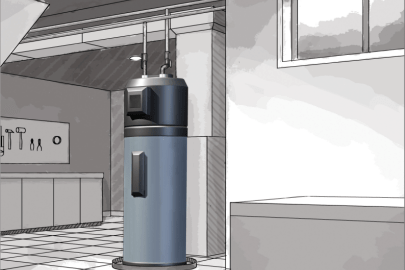Best Practices for Maintaining Your Home's Hot Water System
Best Practices for Maintaining Your Home's Hot Water System
Blog Article
What're your thoughts about Tips on Maintaining a Water Heater?

Hot water is crucial for day-to-day comfort, whether it's for a revitalizing shower or washing recipes. To guarantee your warm water system runs efficiently and lasts longer, routine upkeep is vital. This article provides sensible tips and insights on just how to keep your home's warm water system to prevent interruptions and expensive repairs.
Intro
Maintaining your home's hot water system might appear difficult, but with a couple of basic steps, you can guarantee it operates efficiently for many years ahead. This guide covers everything from comprehending your hot water system to do it yourself maintenance pointers and understanding when to hire specialist assistance.
Importance of Preserving Your Warm Water System
Normal maintenance not just extends the life expectancy of your warm water system however additionally ensures it runs effectively. Disregarding maintenance can bring about decreased effectiveness, higher power expenses, and also premature failure of the system.
Indicators Your Hot Water System Requirements Upkeep
Understanding when your warm water system needs interest can stop major problems. Keep an eye out for signs such as irregular water temperature, odd sounds from the heating system, or rusty water.
Recognizing Your Warm Water System
Before diving right into upkeep jobs, it's useful to comprehend the standard components of your hot water system. Commonly, this consists of the water heater itself, pipes, anode rods, and temperature controls.
Regular Monthly Upkeep Tasks
Normal month-to-month checks can help catch minor problems before they intensify.
Purging the Hot Water Heater
Flushing your hot water heater gets rid of sediment buildup, enhancing effectiveness and prolonging its life.
Monitoring and Replacing Anode Rods
Anode rods stop deterioration inside the container. Evaluating and changing them when broken is essential.
Checking and Changing Temperature Setups
Changing the temperature settings guarantees optimal efficiency and safety and security.
Do It Yourself Tips for Upkeep
You can execute numerous upkeep tasks yourself to keep your warm water system in leading problem.
Looking for Leakages
Consistently inspect pipelines and links for leakages, as these can cause water damage and higher bills.
Testing Pressure Relief Valves
Examining the stress safety valve ensures it functions correctly and protects against excessive pressure build-up.
Protecting Pipes
Insulating warm water pipelines lowers warmth loss and can save power.
When to Call an Expert
While DIY maintenance is beneficial, some concerns call for expert proficiency.
Complicated Issues Calling For Expert Help
Instances consist of major leakages, electrical problems, or if your hot water heater is regularly underperforming.
Regular Expert Maintenance Benefits
Expert maintenance can consist of comprehensive inspections, tune-ups, and making sure compliance with safety and security requirements.
Final thought
Normal maintenance of your home's warm water system is vital for efficiency, long life, and expense financial savings. By complying with these pointers and understanding when to look for expert aid, you can make certain a dependable supply of hot water without unexpected interruptions.
How to Maintain an Instant Hot Water Heater
Before tinkering with your hot water heater, make sure that it’s not powered on. You also have to turn off the main circuit breaker and shut off the main gas line to prevent accidents. Also turn off the water valves connected to your unit to prevent water from flowing into and out of the appliance. 2. When you’re done, you have to detach the purge valves’ caps. These look like the letter “T†and are situated on either side of the water valves. Doing so will release any pressure that has accumulated inside the valves while at the same time avoid hot water from shooting out and burning your skin. 3. When the purge valves’ caps are removed, you have to connect your hosing lines to the valves. Your unit should have come with three hoses but if it didn’t, you can purchase these things from any hardware or home repair shops. You can also get them from retail stores that sell water heating systems. Read the user’s manual and follow it to complete this task properly. When the hosing lines are connected, open the purge port’s valves. 4. You should never use harsh chemical cleaners or solutions when cleaning your unit. Make use of white vinegar instead. It should be undiluted and you’ll probably use about 2 gallons. 5. Now flush your water heater. This task should probably take about 40 minutes. We can’t give you specific directions for this because the procedure is carried out depending on the type, model and brand of your heater. With that being said, refer to the user’s manual. 6. When you’re done draining the unit, you have to turn off the purge port valves again. Remove the hosing lines that you earlier installed on each of the water valves. Put the valve caps (purge port) back in their respective places and be very careful so as not to damage the rubber discs that are found inside these caps. 7. Now that everything’s back in place, check your user’s manual again to find out how to reactivate your water heating system. 8. Once it is working, turn one of your hot water faucets on just to let air pass through the heater’s water supply pipes. Leave the tap on until water flows smoothly out of it. https://www.orrplumbing.com/blog/2014/september/how-to-maintain-an-instant-hot-water-heater/

We had been made aware of that editorial about Water Heater Maintenance Tips You Can't Afford to Forget through a friend on another domain. Are you aware of somebody else who is excited about the topic? Why not promote it. We enjoy your readership.
Suggested Site Report this page